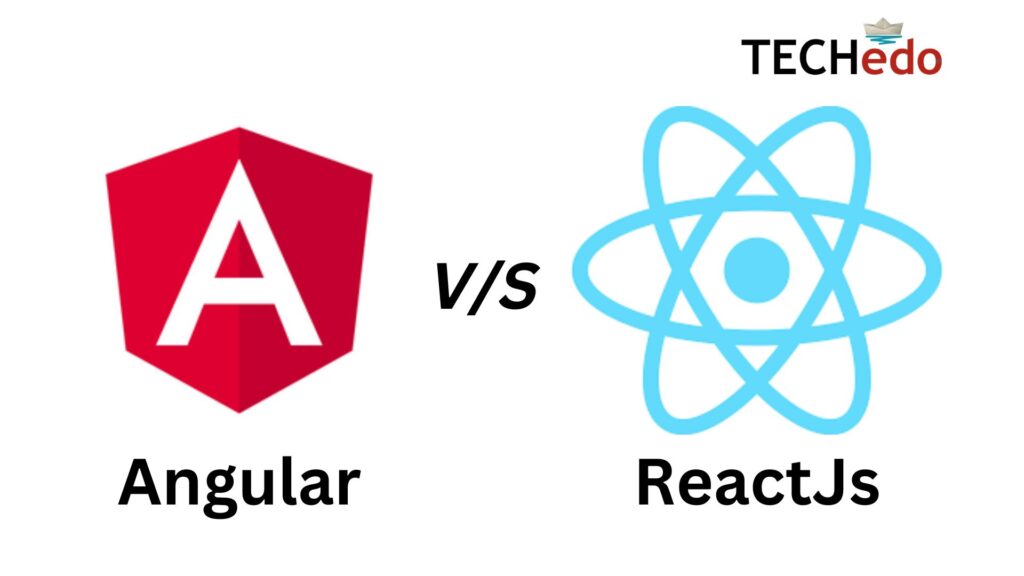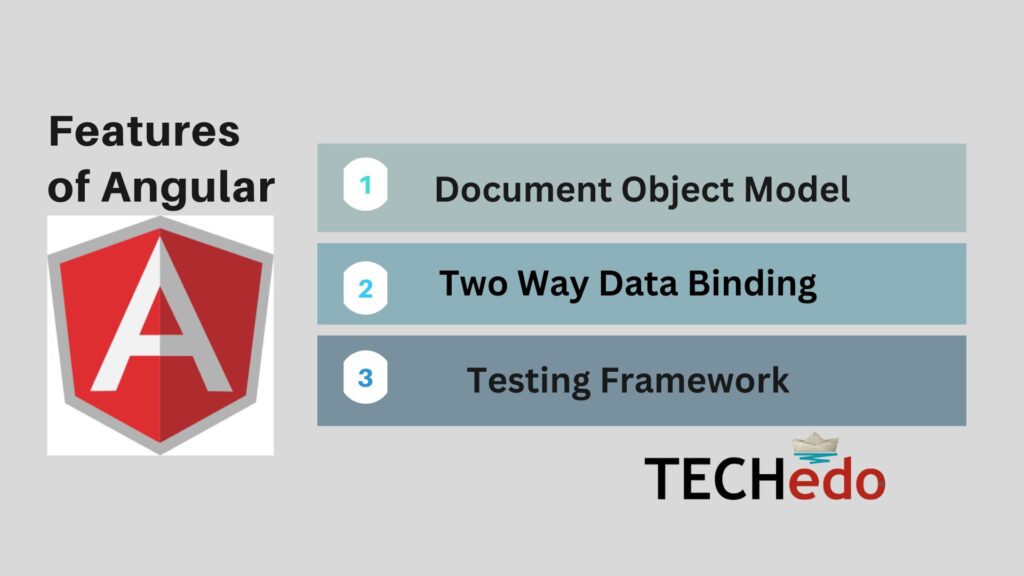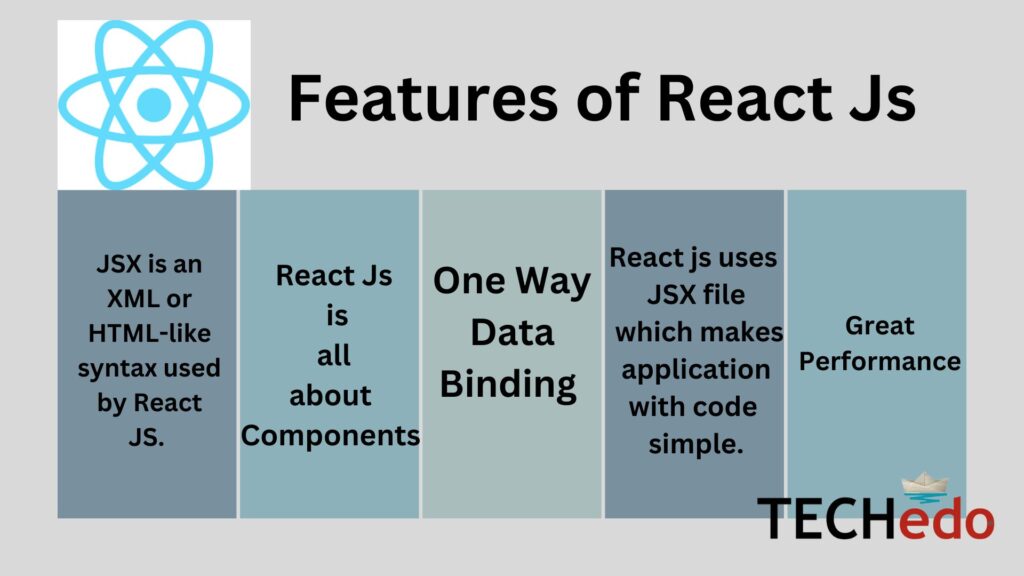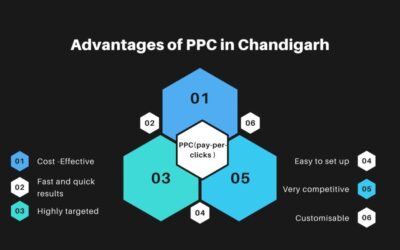When you think of the Java Script ecosystem, you will almost certainly think of Angular and React Js. These are two of the most popular front-end development frameworks. Basically, Angular comes under Full Stack Development Course. But you will come across certain questions like; Angular or React Js which is better?; Why React is better than Angular?; or, Why Angular is better than React? and many more. Every time there is a need for front-end programming, there is an Angular vs React debate.

Table of Contents
Listen to this article.
Let’s understand what is Angular and React Js, to know React vs Angular which is better.
What is Angular?
Angular is basically, an application design framework and a development platform for building efficient as well as sophisticated single page apps. These Angular docs help you learn as well as use the Angular framework and development platform, from your first application to customizing complex single- page apps for enterprises. Tutorials as well as guides include downloadable examples to expedite your project.
Angular comes under MEAN Stack Web Development which stands for Mongo DB, Express Js, Angular Js, ans Node Js.
Features of Angular

Below mentioned are the features of Angular;
DOM or Document Object Model and Angular:
The DOM (Document Object Model) treats an XML or HTML document as a tree structure. In which each node represents a part of the document. Angular uses regular DOM. Considering that ten updates are made on the same HTML page. Instead of updating the already updated ones, Angular will update the entire tree structure of the HTML tags.
Data Binding of Angular:
Angular uses two-way binding. Model state refers to any changes made to the corresponding UI elements. Conversely, the UI state reflects any change in the model state. Therefore, its feature enables the framework to bind the DOM to the model data through the controller.
Testing Framework of Angular:
Angular uses Jasmine Testing Framework as it provides various functionalities to write different kinds of test cases.
Advantages of Angular
It is profitable from both business and development standpoint. It is one of those frameworks that can work productively with different back-end languages while linking together business logic and UI. Let’s see what are the advantages of Angular.
Custom Components in Angular:
It allows users to customize their own components that can pack functionality along with rendering logic into reusable pieces. It also goes well with web components.
Angular Testing:
The tests are first-class equipment. Whereas, Angular is built with test ability in mind. The person has the ability to test every part of their application, which is highly recommended.
Data Binding:
Angular enables users to easily transfer data from JavaScript code to the view, and react to user events without writing any code manually.
Browsing Compatibility of Angular:
It is cross-platform as well as it is compatible with many browsers. An Angular application can generally run on all browsers as well as OS.
Comprehensive:
Angular is a complete framework as well as it provides amazing solutions for server communication, routing within your application, and much more.
Disadvantages of Angular
Angular being an excellent Java Script framework but still it has its own disadvantages, as listed below:-
SEO options are limited in Angular:
A major drawback of using Angular is the limited SEO options of the platform and most important, it leads to poor accessibility to search engine crawlers.
Angular is difficult to learn:
With such a complex web of modules, coding languages, integration and customization capabilities, it definitely takes some time to understand Angular.
Migration and Angular:
One reason companies don’t use Angular very often is the difficulty in porting legacy JS/jQuery- based code to an Angular style architecture. Also, upgrading to each new release can be a hassle, and many of them are not backward-compatible.
Now, lets have a look at what react js is to understand react js vs angular which is better.
What is React Js?
React Js is a JavaScript-based UI development library. Which runs by Facebook as well as an open source developer community. Basically React is a library than being a language, which it is widely used in web development. The library first came out in May 2013 and is now one of the most used front-end libraries for web development.
Features of React Js

Currently, React JS is rapidly gaining popularity among web developers as the best Java Script framework. Basically, it is playing an essential role in the front-end ecosystem. The most important features of React JS are as follows:
JSX:
JSX stands for Java Script XML. It is a Java Script syntax extension. It is an XML or HTML-like syntax used by React JS. This syntax is processed in a Java Script call to the React framework. It extends ES6 so that HTML- like text can coexist with Java Script response codes. It is not compulsory to use JSX. But it will be good if used in React JS.
React Js Components:
React JS is all about components. A React JS application is composed of several components, moreover each component has its own logic and controls. These components can be reusable which helps you maintain the code when working on large scale projects.
One way Data Binding in React Js:
Its design is such that it follows unidirectional data flow or one-way data binding. The one-way data binding gives you a better control over the entire application. But if, the data flow is in the other direction, it requires additional features. This is because components are considered immutable and the data within them cannot be changed. Flux, is a pattern that helps to keep your data one-sided. Therefore, this makes the application more flexible leading to increased efficiency.
React Js Simplicity:
It uses JSX file which makes application with code simple as well as understandable. We know that React JS is a component-based approach which makes the code reusable as per your requirement. Altogether, it makes React Js easy to use and learn.
Performance of React Js:
React Js has great performance. The core of the framework is a virtual DOM program and provides server- side rendering, making complex apps run much faster.
Advantages of React Js
Now when we know what React Js is, let’s see what are the advantages of React Js.
Creating dynamic web applications made easy:
It was difficult to build a dynamic web application especially with HTML strings as it requires a complex coding. But, React JS solved that issue and made it easy. Basically, it provides less coding and gives you more functionality. It uses Java Script Extension, a special syntax that allows HTML quotes as well as HTML tag syntax to render special sub-components. React Js supports the creation of machine-readable code.
Reusable Components:
A React JS web application is made up of several component and each component has its own logic and controls. These components are responsible for outputting a small, reusable piece of HTML code that can be reused wherever you need it. Reusable code helps in making your apps easier to develop as well as maintain.These components can be fixed with other components to build complex applications from simple building blocks. React JS uses virtual DOM based mechanism to fill data in HTML DOM. Virtual DOM works faster because it only changes individual DOM elements instead of reloading the full DOM every time.
Easy to use as well as learn:
React JS is very easy to learn as well as to use. It comes with a good supply of documentation, tutorials as well as training resources. Any developer coming from JavaScript background can easily understand and start building web apps using React in just a few days. It is the V (view part) in the MVC (Model-View-Controller) model, and is known as one of the Java Script frameworks. It is not fully featured. But it has the advantage of the open-source Java Script user interface (UI) library, which helps in performing the task in a better way.SEO Friendly:
There is a problem dealing with SEO in traditional Java Script frameworks. Usually, for Search engines it is difficult to read heavy applications of JavaScript. Mostly, web developers have complained about this problem. React JS overcomes this problem by helping developers navigate various search engines easily. This is because React js applications can run on the server, and the virtual DOM will be rendered and returned to the browser as a regular web page.
Codes Testing:
React JS applications are extremely easy to test. It provides a scope where the developer can test as well as debug his code with the help of native tools.
Disadvantages of React Js
Nothing is perfect and this is the universal truth. Yes, the benefits of React can give the impression that the library has no flaws, but is it really? let’s find out.
Poor Documentation:
This is another common practice for constantly updated technologies. React technologies are updating and accelerating so quickly that there is no time to create proper documentation. However, to overcome this, developers write the instructions themselves in their current projects as they develop new releases and tools.
JSX acts as a barrier:
React JS uses JSX. It is a syntax extension that allows HTML to be mixed with Java Script. This approach has its advantages, but some members of the development community consider JSX to be a hindrance, especially for new developers due to its complexity.
High speed of development:
High speed of development has both advantages and disadvantages. In terms of disadvantages, because the environment constantly changes so rapidly, some developers don’t feel comfortable re-learning new ways of working on a regular basis. With all the constant updates it can be difficult for them to adapt to all these changes.
Viewed Part:
React JS only covers the UI layers of the app and nothing else. So, you still need to choose some other techniques to get a complete tooling set for development in the project.
Difference between Angular and React
| Basis of Difference | Angular | React |
| Developer | Misko Hevery. | Jordan Walke. |
| First Release | Angular was released in October 2010. | React was released in May 2013. |
| Purpose | Full-featured framework – Provides a strong opinion about how your application should be designed, as well as a number of small libraries that aid in the development of complex applications. | The library only deals with UI components. MVC design requires Flux to be implemented, but it gives you more flexibility in how you organize your code. |
| Data Binding | Supports one-way and two-way data binding. | One-way data binding |
| Language | Type-script basically a statically typed language which is a superset of JavaScript. | Type-script can write JavaScript XML (JSX), although it is not included by default. |
| UI Components | Material Design Components – Angular includes several Material Design components that make UI configuration a breeze. | Material-UI Libraries and Dependencies – Community-developed UI tools provide a wide range of UI components. |
| Architecture of Apps | The architecture of Angular is MVC. | The architecture of React Js is Flux. |
| Dependency Injection | Dependency injection is supported, allowing different life cycles for different stores. | It does not fully allow dependency injection because each component has its own global state. |
| DOM | Incremental DOM – When a new DOM is created, it compares to the previous one and applies the difference to the “real” DOM, allocating memory only if necessary. | Virtual DOM – Whenever the DOM changes, a new virtual DOM is created compared to the previous one, and only the differences in the “real” DOM are modified. |
| Its Best for | This is best for single page applications that update one view at a time. | This is best for single page applications that update multiple views at a time. |
Summing up-
With so many frameworks to choose from, each with its own unique features, it can be a difficult task to choose the best.
When it comes to choose between Angular and React, its totally personal choice, as they both tackle the same problem but in different ways.
However, while choosing just keep one thing in mind that React has a steep learning curve, which leads to faster development. But, Angular provides more built-in functionality.
Both technologies are extremely powerful. A significant advancement since the early days of web programming in terms of improvements in development, convenience and speed.
Frequently Asked Questions
Q. Is React Js better than Angular?
Ans. Due to its virtual DOM implementation and rendering optimization, React outperforms Angular. Switching between React versions is also easy. Unlike Angular, you don’t need to install updates one by one. Finally, using React, developers can have access to a huge range of previously built solutions.
Q. Why React Js is better than Angular?
Ans. React Js is better in terms of performance than Angular. In terms of full backward compatibility as well as smaller bundle size. React component- driven architecture lets developers reuse components, which helps in saving development time and costs.
Q. Why choose React over Angular?
Ans. React has many advantages over Angular such as quick and efficient, an added advantage of JSX, flexibility in building blocks, isomorphic JavaScript, large community support and much more.
Q. Which is better Angular or React JS?
Ans. React is better than Angular because of Virtual DOM implementation and rendering optimization. It’s also quite easy to migrate between versions of React; You don’t need to install updates one by one, as in the case of Angular. Finally, with React, developers have a countless existing solutions they can use.
Q. What are the advantages of Angular?
Ans. Below mentioned are some of the advantages of Angular:
(i) Clean code development is available in Angular.
(ii) The efficiency increases with Angular.
(iii) The Interface is inspired by Material Design.
(iv) Switching from one view to other is simple as Angular framework can handle routing.
Q. Is Angular better than react?
Ans. Angular is better than React if the application is enterprise-grade and its needs to include complex functionalities like progressive, single-page as well as native web apps. In terms of rendering pages, Angular uses the actual DOM implementation, but it has a unique mechanism of change detection combined with zones that make web apps faster.
Q. Why use Angular?
Ans. These days, we have a large variety of frameworks as well as libraries designed to provide different solutions. With regards to front-end web development, Angular addresses the problems, if not all, of the developers themselves face when using Java Script.
Q. Why use React?
Ans. React js is an open-source JavaScript library used specifically to create user interfaces for single-page applications. It is used to handle the view layer for web as well as mobile apps. React also allows to create reusable UI components.
Q. What is the difference between Angular and React?
Ans. 1. Angular JS is a structural framework for creating dynamic web applications whereas React is a Java Script library that allows you to assemble UI components.
2. Talking about Angular JS vs React JS, Angular JS framework depends on MVC (Model View Controller) whereas React is on Virtual DOM.
3. Angular depends on Type-script whereas React depends on JavaScript. Angular JS does not add Java Script libraries to the source code, whereas React allows adding JavaScript libraries to the source code.
4. Angular JS allows testing and troubleshooting for a complete project with a single tool, however React requires a bunch of tools to perform different types of testing.
Q. Does Google Use React or Angular?
Ans. Angular is used by Google, Forbes, YouTube, Wix, telegram companies whereas, React Js is used by Facebook, Instagram, Twitter, Airbnb, Netflix, Paypal, Uber companies.
Q. What are the disadvantages of React Js?
Ans. Following are some of the disadvantages of using React:
(i). Integrating React with a specific MVC framework like Rails requires a lot of setup.
(ii). Users using React JS will need a thorough understanding of how to integrate a user interface with the MVC framework.
(iii). React JS only covers the UI layers of the app and nothing else. So, you still need to choose some other techniques to get a complete tooling set for development in the project.
Q. Is Angular still in demand?
Ans. Due to the high scalability of the framework, there is a high demand for front- end developers having knowledge about Angular. If you are having the right skills you can get the job you have always been looking for.
Q. What are the key features of React JS?
Ans. (i) It has ability to use the Third- party libraries.
(ii) React Js is time saving.
(iii) React JS is all about components. A React JS application is composed of several components, moreover each component has its own logic and controls.
(iv) React Js has great performance.
(v) React Js easy to use and learn.




0 Comments